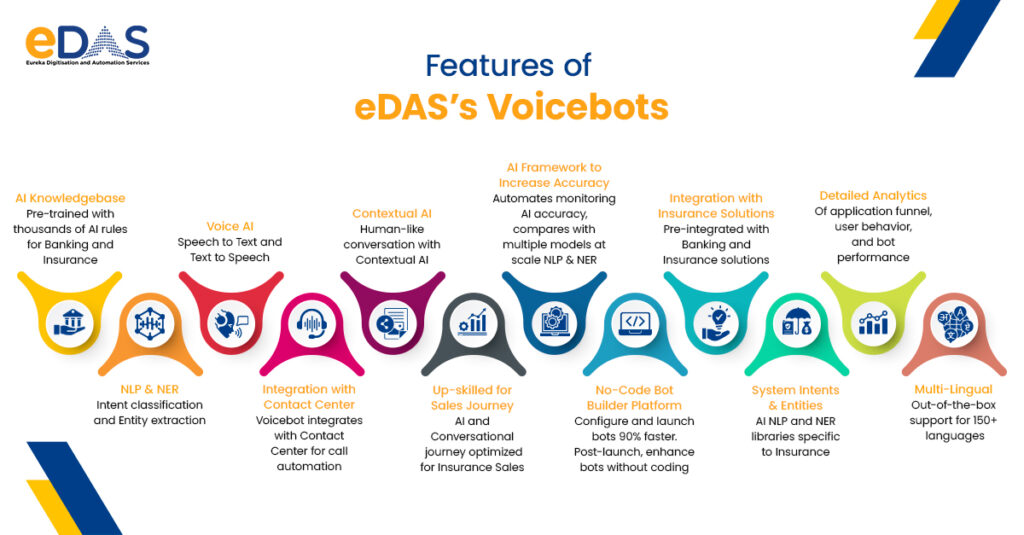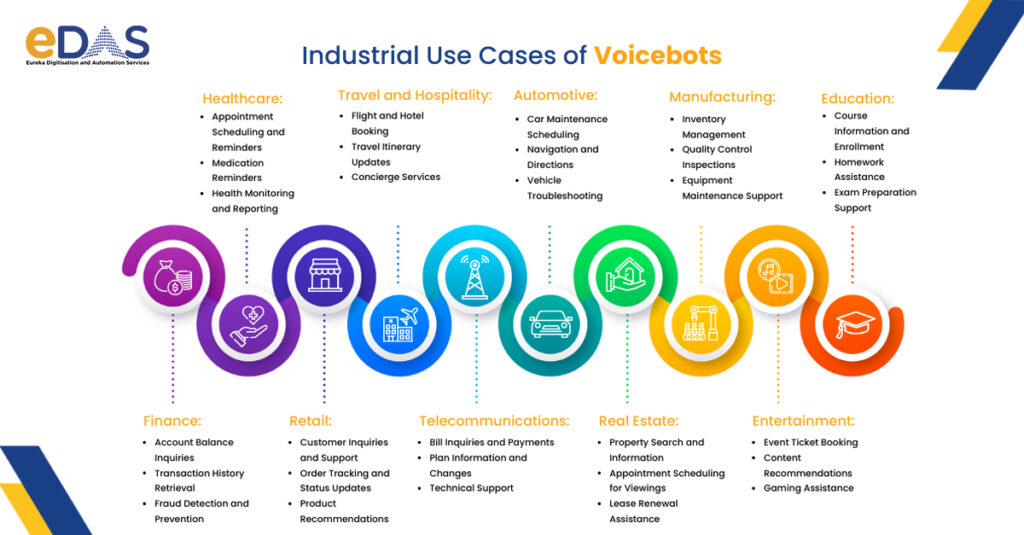Establishing a distinctive vocal identity has always set brands apart across various media channels like radio, television, and interactive voice servers (IVR). However, contemporary audio media is experiencing significant transformations, driven by the rapid growth of voice research, the surge in podcast development, and the emergence of voicebots.
The current enthusiasm for spoken communication can be attributed, at least in part, to users’ desire for personalization and immediate results. But how can brands leverage these changes to their advantage?
Empower Your Customers by Introducing Voice-based Personal Assistants to Amplify Their Voices
Throughout commercial history, vocal identity has been central to brand activities, allowing them to express their identity and establish connections with customers through various mediums such as print, radio, television, and telephone. These tools served not only as promotional platforms but also as means to articulate brand vision and values, fostering bonds that transformed curious consumers into loyal patrons.
Read more: Top 7 Contact Center Solution Trends for 2024
In addressing these challenges, voicebots emerge as a fitting solution, offering brands new opportunities for personalized and automated customer relations. The enthusiasm for voice is driven, in part, by the need for speed and the desire for instant gratification.
Per IndustryARC, the Voicebots Market size is estimated to reach $98.2 billion by 2027, growing at a CAGR of 18.6% during the forecast period 2022-2027, attributed to the increasing adoption of smart home devices with in-built automatic speech recognition technology, growing penetration of smart speakers & smartphones and so on.
Verbal communication is quicker than typing, enabling multitasking—activities like cooking dinner or working out can be seamlessly combined with engaging in a conversation. Furthermore, the use of voice-based personal assistants allows consumers to communicate in natural language, fostering genuine and organic interactions through voice-powered chatbots.
Tailor Your Approach to Meet Customer Needs
Familiarize yourself with your customers and their preferences as communication channels and methods hinge on these preferences. Factors such as demographics, industry, product, or pricing can influence these choices.
For instance, when purchasing a car, consumers often prefer a personal consultation, whereas for a pair of shoes, a chatbot can be helpful. Preferences and expectations also vary by age group; Millennials may favor a swift message through Live Chat or a self-service option, while Baby Boomers tend to opt for phone calls.
Explore more: Top 9 Call Center Software Trends 2024: Be ready to accelerate customer experience this year!
The latest generation of customers, Gen Z, represents the most tech-savvy audience to date. They stay abreast of the latest trends and engage with friends and family across multiple channels simultaneously. Video chat and voice capabilities hold significant popularity among this demographic. Whether it’s a brief voice message via WhatsApp or a rapid video call with a friend, the emphasis is on avoiding the time-consuming act of typing.
Comprehend the preferences of your customers and proactively adjust your strategies to meet and exceed their expectations.
Voicebots Beyond Customer Service
The adoption of voicebots extends beyond customer service, showcasing their potential in various sectors. Gartner predicts, by 2026, 20% of inbound customer service contact volume will come from machine bots.
Moreover, according to Statista Research, the global voice recognition tech market reached close to 12 billion U.S. dollars in 2022 and is projected to amount to almost 50 billion U.S. dollars in 2029.

The image displays eDAS’s Voicebots, showcasing advanced features tailored for seamless interaction. With intuitive voice recognition, personalized responses, and multi-language support, eDAS’s Voicebots offer unparalleled user experience. Its robust integration capabilities ensure effortless deployment across various platforms, revolutionizing communication dynamics.

Highlighted in the image are eDAS’s Voicebots deployed across diverse industrial landscapes. From streamlining customer service in manufacturing plants to optimizing workflow management in logistics, eDAS’s Voicebots demonstrate versatile applications. Their adaptability and efficiency redefine operational standards, empowering industries to embrace automation for enhanced productivity and customer satisfaction.
Could voicebots be the future of customer service?
Many experts think so, and it’s something you should at least contemplate. We advocate for an omnichannel future in customer service. It’s crucial to be accessible on the channels your customers prefer. This article will explain why incorporating a voicebot can enhance your customer service.
Learn more: Top 6 Use Cases of Intelligent Document Processing
When selecting specific customer communication channels, it’s essential to consider consumer preferences and what aligns with your organization’s needs. Given the numerous advanced customer service software solutions available, there’s no justification for neglecting certain channels. Whether your customers lean towards Live Chat, WhatsApp, Twitter, or phone contact, make sure your presence is felt!
Eager to try VoiceBots? Reach out to us and schedule a demo today!
FAQs on Voicebots
1. What are voicebots?
Voicebots are AI-powered virtual assistants that understand and respond to spoken language. They’re used in various applications like customer service, education, and entertainment.
2. How do voicebots work?
Voicebots use speech recognition to convert spoken words to text, then natural language processing to understand the intent and respond accordingly.
3. What are the benefits of using voicebots?
Voicebots offer 24/7 availability, convenience, hands-free interaction, and personalized experiences.
5. What are the limitations of voicebots?
Voicebots may struggle with complex requests, accents, or background noise. They’re still under development and learning.
6. What’s the future of voicebots?
Voicebots are expected to become more sophisticated, integrated into daily life, and play a key role in various industries.
eDAS is a leading provider of digital automation solutions, offering cutting-edge Software-as-a-Service (SaaS) solutions to help businesses operate more efficiently. Their comprehensive array of products, solutions and services are tailored to meet each customer’s unique needs. eDAS has a strong presence in India, Africa, the Middle-East, the UK, and USA, and serves both enterprise and mid-market customers around the globe. Their mission is to help customers simplify their business operations through digital transformation. They pursue this goal by utilizing the latest technologies and delivering uncompromised quality to achieve an improved customer experience, greater data exchange, enhanced security and process-oriented solutions.

